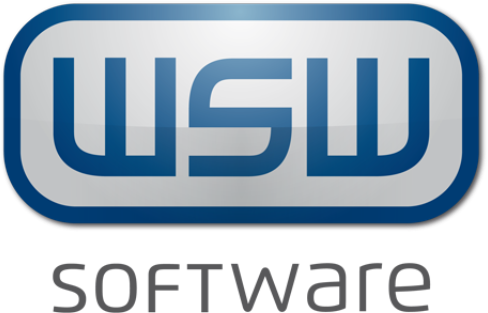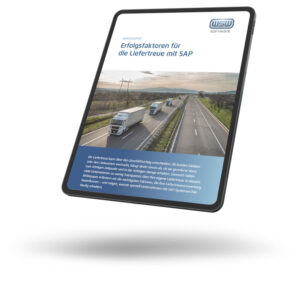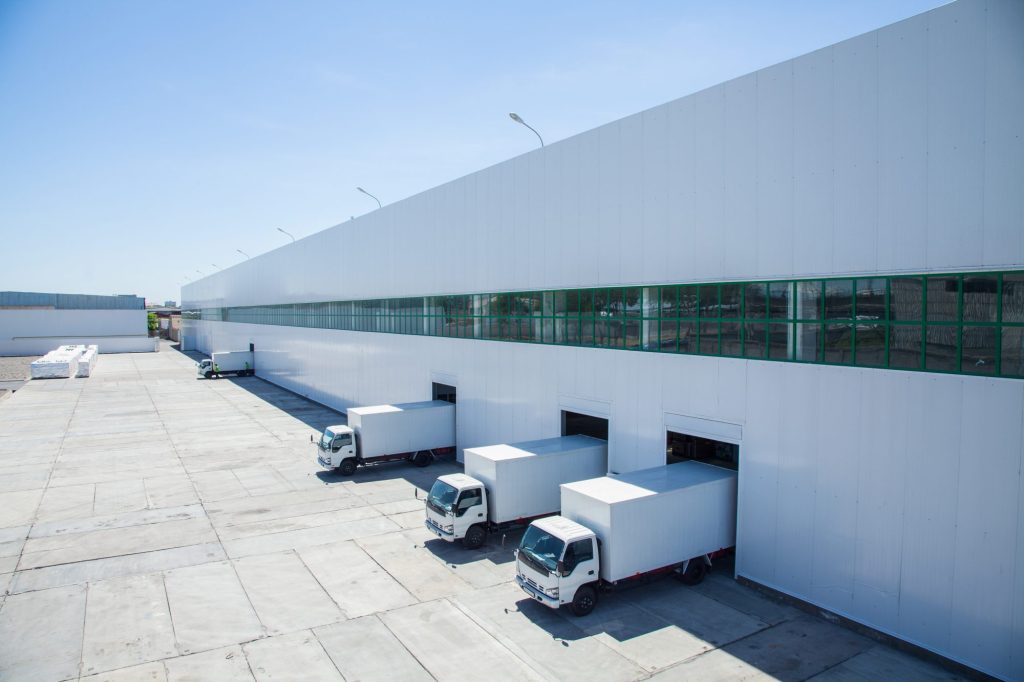The European Union has concluded preferential agreements with a large number of countries and groups of countries. These preferential agreements strengthen trade relations and the exchange of goods between the countries involved by reducing tariffs and other trade barriers.
In order to benefit from a preferential agreement when exporting to an agreement country, the goods in particular must meet special requirements. These requirements must be documented in a formal proof of preference (e.g. movement certificate EUR.1) and, if necessary, be able to be proven to the customs authorities.
The presentation of the proof of preference at the time of the import customs declaration in the country of destination, in turn, forms the basis for the preferential import processing.
Definition: What is a vendor declaration?
A vendor declaration is a document in which the vendor provides the buyer/recipient with information on the preferential originating status of the delivered good(s). Vendor declarations are used almost exclusively for deliveries of goods within the European Union. The legal basis for issuing vendor declaration in the EU is essentially the Union Customs Code (UCC) and its implementing regulation.
Supplier's declarations are not subject to any formal requirements and can be submitted as a stand-alone document or as a declaration on an invoice, delivery bill or other commercial document relating to the business transaction. However, their exact wording is bindingly regulated in the Implementing Regulation (EU) 2015/2447 and compliance is mandatory. Even minor deviations may lead to non-recognition by the authorities.
There is no legal obligation to issue a vendor declaration, but a vendor may be obligated to issue one by (purchase) contract.
What types of vendor declarations are there and how do they differ?
Vendor declaration for goods with Preferential origin property
Vendor declarations for goods with preferential originating status confirm the preferential originating status of a good to a recipient located in the EU. This originating status must be checked per the preferential agreement of the EU (possible future recipient countries) and, if necessary, confirmed individually, as the conditions for obtaining preferential status may well differ from agreement to agreement.
Vendor declarations for goods with preferential originating status must provide information on:
- the preferential country of origin and
- for which preferential arrangements (possible subsequent countries of destination) the rules of origin are fulfilled.
Vendor declaration for goods without Preferential origin property
Vendor declarations for goods without preferential originating status do not conform to the recipient the preferential originating status of the delivered goods themselves, as this has not (yet) been fully achieved. Instead, they provide information on the origin of the input materials used, which are usually procured externally. In practice, however, this form of vendor declaration is rarely used and is therefore not considered further in this article.
(Individual) vendor declaration versus long-term vendor declaration
Another possible distinction is which delivery(s) are referred to in a vendor declaration.
If the vendor declaration relates to exactly one delivery of goods, it is often referred to as an individual declaration. This form is particularly suitable for transactions where, from the outset, no regular delivery of the goods in question to the recipient is planned, or the goods delivered are of such a nature (e.g. custom-made, configured goods) that regular delivery is unlikely or impossible.
The counterpart to this is the long-term supplier's declaration (LLE). This declaration can be issued for future deliveries for a period of up to 24 months. The issuer of the declaration undertakes to regularly review the underlying facts and to revoke the long-term supplier's declaration in the event of changes that lead to a deviating preference statement.
Long-term vendor declaration must include the following information:
- Name and address of the vending company
- Name and address of the supplied company
- List of agreement countries or groups of countries to which the declaration applies
- Validity period (max. 24 months)
- Information on the supplied product and its originating status
- Cumulative information
- Assurance of notification in case of changes
- Date, name and signature of the exhibitor
What is the purpose of vendor declarations?
The information on preferential origin from a vendor declaration can apply equally to exports to a preferential country and to deliveries within the EU. The following scenarios are relevant:
- Applications for issuance of proofs of origin by the customs office (movement certificates EUR.1, EUR-MED, information sheet INF 4)
- Issuance of non-formal proofs of preference, such as invoice declarations of origin (including for Approved Exporters [EA] and Registered Exporters [REX]).
- Issuance of subsequent supplier's declarations
vendor declarations initially document the preferential status of materials procured from EU-based third parties. If the purchased materials are resold and delivered in unchanged condition (e.g. in the case of merchandise or frequently in the case of spare parts), then the matter is relatively simple: the vendor declaration of the own vendor is valid 1:1 as preliminary evidence for the subsequent declaration. The preferential status can be taken over directly.
The situation is somewhat more complicated for manufacturers and producers. Here, intermediate products flow into a final product during the manufacturing process and are absorbed into it. To achieve preferential treatment, the preferential agreements provide for dedicated rules or conditions that can be assigned to a final product via its commodity code, or more precisely its HS code. The most common form of preferential rule is the value rule.
In addition, there are other rules, such as tariff jump rules or rules that prescribe a certain type of processing in the production process. In addition, there are also mixed forms that combine certain conditions. In the pure value rule, the ex-factory price of the final product is put in relation to the non-preferential inputs. The total value of the non-preferential inputs may only account for a certain percentage (according to the preference rule) of the final product. If this percentage is exceeded, the end product loses its preferential status. If the percentage remains below the threshold, the end product as a whole receives the tariff preference.
The process of evaluation is called Preference determination.
What is the preferential origin property?
The preferential originating status of goods is the decisive prerequisite for benefiting from customs (and thus cost) advantages in the case of deliveries between countries participating in a preferential agreement. The preferential originating status of the goods must be confirmed to the recipient by the consignor/exporter by means of a proof provided for in the preferential agreement. Movement certificates EUR.1 and declarations of origin on commercial invoices are most commonly used for this purpose.
Preferential originating status of a good may be established by the following facts:
- Complete extraction or production in the EU
In this context, we speak of complete extraction primarily in the case of agricultural products as well as goods that are taken directly from nature.
Full manufacturing requires that all inputs and materials used in the manufacture of a product must originate in the EU. - Sufficient machining or processing
If not all of its primary products and materials come from EU or agreement countries, the final product must at least be sufficiently processed or worked. What is recognized as sufficient treatment or processing is regulated in detail in the protocols to the preferential agreements ("List of sufficient treatment and processing"). Minimal treatments, such as packaging, washing, dust removal or other preserving activities, are not sufficient for this purpose. - Existence of a vendor declaration for merchandise
If goods are not processed, but are resold in their unaltered state (trade), the supplier's declaration must be used for the preferential originating status, if necessary. If the supplier's declaration shows the originating status of the goods, this can be taken over for a subsequent verification.
Vendor declarations as part of preference processing
As described above, the vendor declaration is a central component of preference processing. This process becomes very complex, especially for companies with many vendors. Manufacturers of composite products such as machinery and equipment, automobiles, or even electronics usually assemble their products from numerous components that they purchase from different vendors.
For preference processing they must
- Request all vendor declarations for products procured externally in the EU and monitor their return,
- Check the vendor declarations for plausibility,
- Manage the vendor declarations and the statements of origin of the externally sourced materials in a suitable form (ideally IT-supported)
- Perform a preference determination on the basis of the input products, the end products, and their preference rules,
- Utilize the results of preference determination in order processing
- Prepare the necessary supporting documents (movement certificates, declarations of origin, vendor declarations).
Preference processing is therefore a time-consuming process. If it is handled manually, it costs a lot of time. In addition, errors can occur, which in the worst case can have legal consequences or lead to additional customs payments in the receiving country. Automated processing with the help of software solutions is therefore much more efficient.
FAQ
We explain the most important terms in the context of the vendor declaration here:
A supplier's declaration is a document in which a supplier provides information on the preferential originating status of the goods supplied. Depending on the preferential agreement, tariff concessions can be legitimized in this way.
The supplier's declaration for goods without preferential origin status contains information on the input materials used. For goods with preferential originating status, the supplier's declaration consists of the information on the preferential country of origin and for which preferential arrangements the rules of origin are given.



